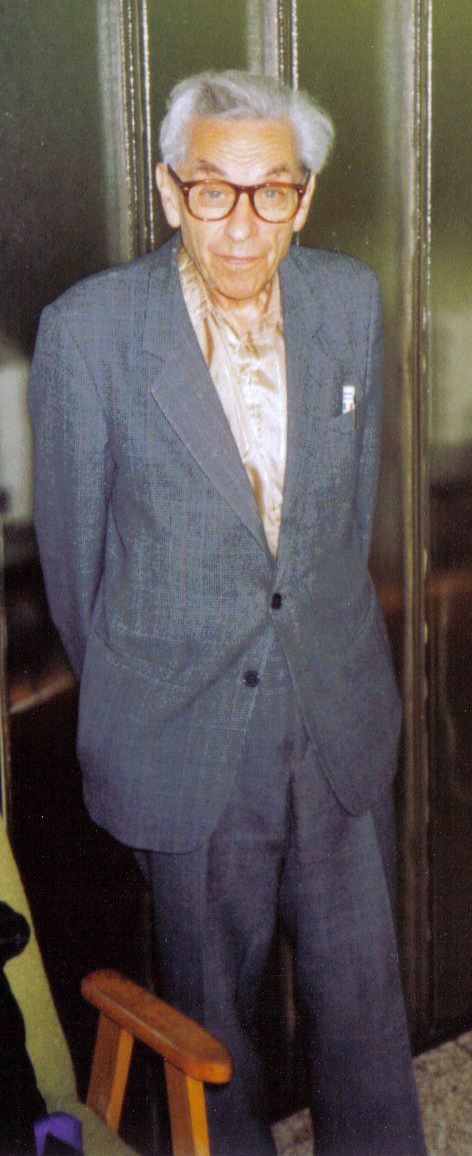Applications
Contents
7.5. Applications#
To be continued…
7.5.1. Collaborator Graphs#
Consider a graph where vertices are people and edges connect people which are friends (or know each other). This kind of graph is often called an acquaintanceship graph.
There is a theory in sociology that every person in the world is connected by six or fewer social connections. “Six degrees of separation”.
This can be modeled as an acquaintanceship graph. The theory is then restarted to say that every vertex in the graph is connected by a path of length at most six.
Erdős Numbers#
Consider a graph where vertices are people and edges connect people who work together or who have worked together. This is a collaborator graph.

Fig. 7.80 Paul Erdős was a Hungarian mathematician.#
In academia, the collaborator graph created by having co-authorship with another researcher has some interesting properties. One researcher, Paul Erdős, was particularly prolific in his writings. He published at least \(1500\) papers.
In honour of his contribution to mathematics, people conceived the Erdős number of a researcher as the length of the path from that researcher to Erdős in the co-authorship graph. Erdős numbers are used both as a study of how collaborative mathematics is, as well as a small source of prestige among academics.
Fun fact: my Erdős number is \(3\):
Alexander Brandt \(\rightarrow\) David J. Jeffrey \(\rightarrow\) Neil J. Calkin \(\rightarrow\) Paul Erdős
Bacon Numbers#
Following the idea of six degrees of separation, a funny game has emerged as finding the degrees of separation of any actor and Kevin Bacon. This has lead to “Six Degrees of Kevin Bacon”.
Much like Erdős numbers, the Bacon number of a person is length of the path from them to Kevin Bacon in the collaborator graph. In the rare cases that someone is both an actor and an academic, they may have a combined Erdős–Bacon Number.
Fun fact: David Jeffrey’s Erdős–Bacon number is \(5\)!

